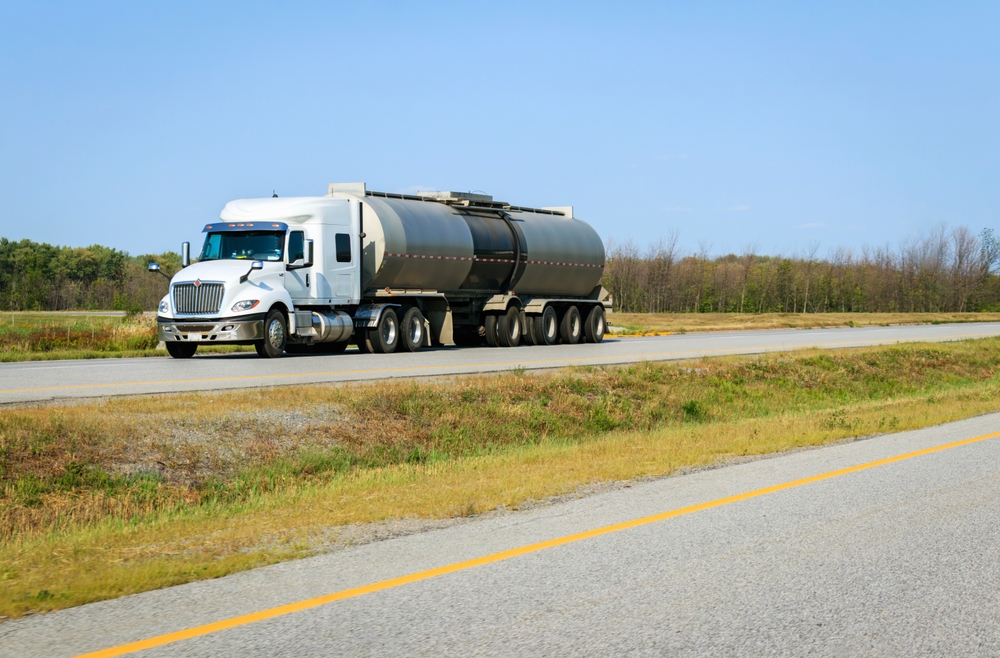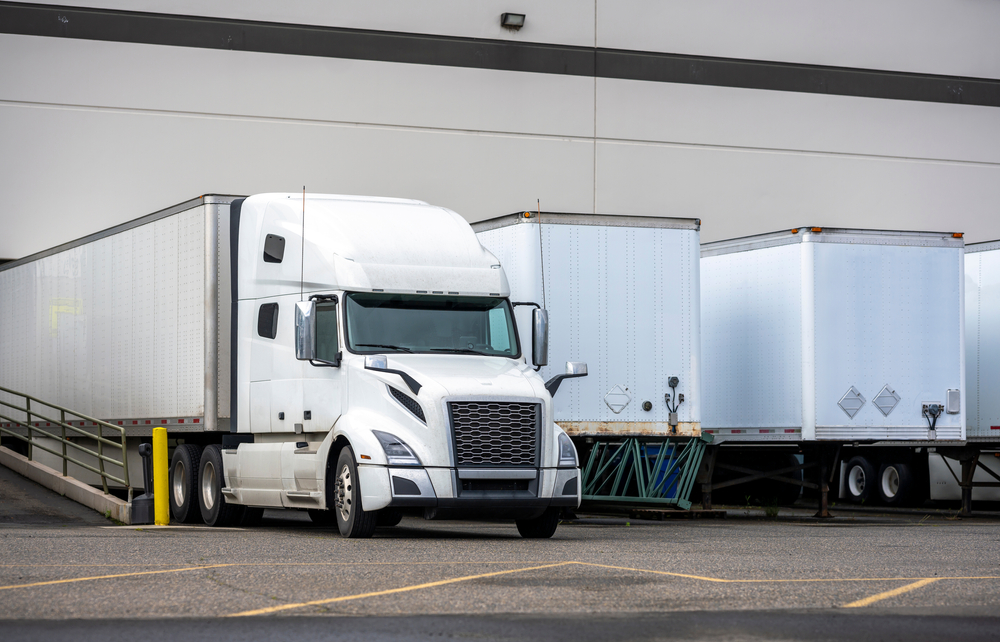
Truck stops are more than just fuel stations—they’re lifelines for the men and women moving America’s freight. In fact, their origins stretch back long before the invention of the semi-truck. From humble Pony Express relay stations to the sophisticated travel centers of today, truck stops have grown in tandem with the evolution of U.S. transportation and freight logistics.
From Pony Express to Stage Stations
The earliest version of what would become truck stops can be traced to the 1860s with the Pony Express. Riders delivering mail between Missouri and California relied on more than 190 “Pony stations” spaced 5 to 20 miles apart. These outposts provided rest, supplies, and fresh horses—mirroring the core concept of modern truck stops.
After the Pony Express era, many of these stations were repurposed as stagecoach hubs. “Swing” stations offered fresh horses, while “home” stations provided food and shelter. These early stops laid the foundation for what truck drivers would later come to rely on for road-side support.
The Rise of the Trucking Industry and Post-WWII Boom
With the first semi-trucks appearing in the 1920s, the real growth in trucking followed World War II. Economic expansion and increased consumer demand meant more goods needed to move faster—and trucks were the answer. The 1940s saw truck stops start offering showers, sleeping quarters, and food, evolving to meet the needs of long-haul drivers.
Eisenhower’s Interstate Revolution
President Dwight D. Eisenhower’s Interstate Highway System, launched with the Federal Aid Highway Act of 1956, forever changed American logistics. This infrastructure boom also birthed the golden era of truck stops in the 1960s–1980s. These roadside centers expanded in size and services, now including restaurants, convenience stores, and basic repair services.
Birth of the Big Brands
The second half of the 20th century saw the rise of truck stop chains. Amoco, Love’s, TravelCenters of America, and Pilot opened locations across the country, creating a dependable and familiar experience for drivers. By the 1980s, many of these stops were rebranded as “travel centers,” aiming to attract not only truckers but also RV users and vacationing families.
Truck Stops in 2025
Today, over 2,500 truck stops operate across the United States. While some serve general travelers, many remain trucker-focused and have adapted to the expectations of the modern driver. Technology now plays a crucial role, with WiFi, charging stations, and digital payment systems becoming standard features.
According to CloudTrucks, the top features drivers look for in today’s truck stops include:
- Ample parking (often reservable)
- Security features like lighting and surveillance
- Healthy food options
- Clean hygiene facilities, including showers and laundry
- Tech amenities such as charging ports and WiFi
- Pet-friendly areas, like dog parks or pet washing stations
As the freight industry continues to modernize, truck stops remain an essential support system, blending the legacy of America’s transportation history with the innovations of the road ahead.
Source:











Leave a Comment